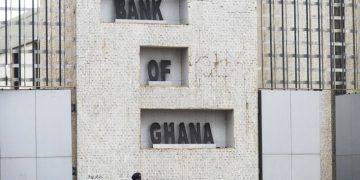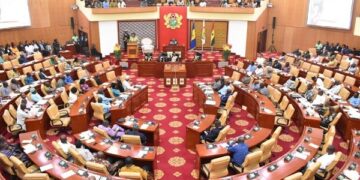The Ghanaian economy per data from the Central Bank has expanded in nominal value terms to GH¢1.4 trillion as of end-March 2025.
The expansion marks an increase of some GH¢224 billion within the first quarter of 2025 when compared to the GH¢1.176 trillion total nominal value of the economy recorded at end-2024.

The expansion can be attributed to increased output and exports of key commodities such as gold and cocoa.
Gold exports grew in value from $3.72 billion in March 2025 to $5.25 billion in April, marking a 40.8% percentage points increase on a month-on-month basis.
Cocoa exports within the same review period grew in value from $1.50 billion to $1.84 billion, also marking a 22.5% percentage points increase.

The recorded expansion of the Ghanaian economy, NorvanReports noticed from the perusal of the data presented by the Central Bank in its May 2025 Summary of Economic and Financial Data, was the shrinking of the country’s total public debt stock to 55% of Gross Domestic Product (GDP), despite a GHS 42.7 billion ($3.3bn) hike in the country’s public debt in the first quarter of 2025.

Of much interest to economic experts is the current total public debt which stands at 55% of GDP, indicating the attainment of a significant milestone under Ghana’s current $3 billion Extended Credit Facility (ECF) programme with the International Monetary Fund (IMF).
Per the current Fund programme, Ghana is expected to reduce its debt-to-GDP to 55% by the end of 2028. However, data from the BoG seems to suggest the target has been achieved three (3) years ahead of the anticipated year – 2028.
Should that be the case, ongoing and medium-term fiscal consolidation measures being implemented by the Government is likely to lead to further reductions in the country’s debt stock resulting in a lower-than-anticipated 55% debt-to-GDP by 2028.

Per the BoG data, external debt currently stands at GHS 442.5 billion (31.6% of GDP) whereas domestic debt stands at GHS 326.9 billion (23.4% of GDP).
Norvan Reports



















































































